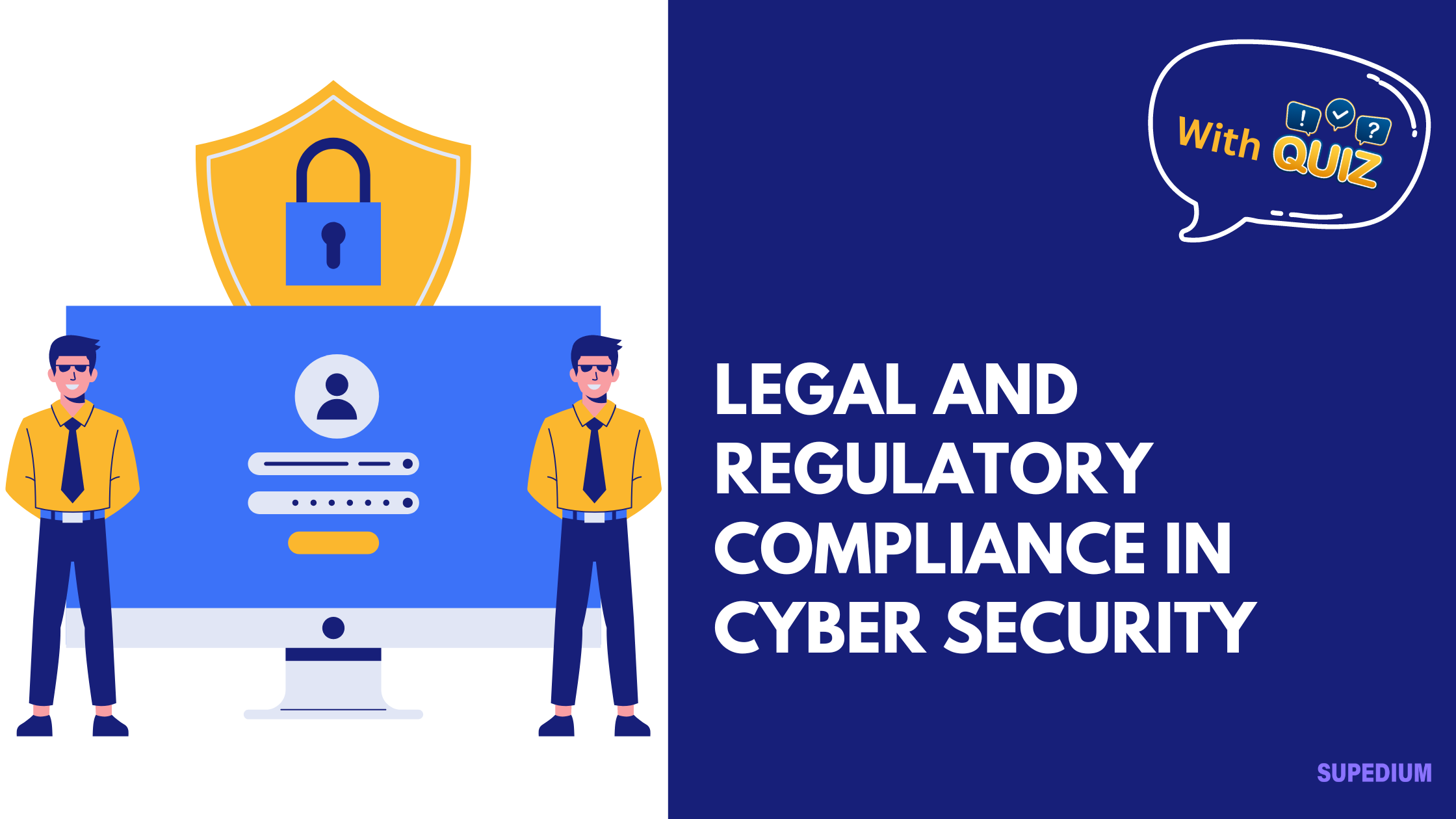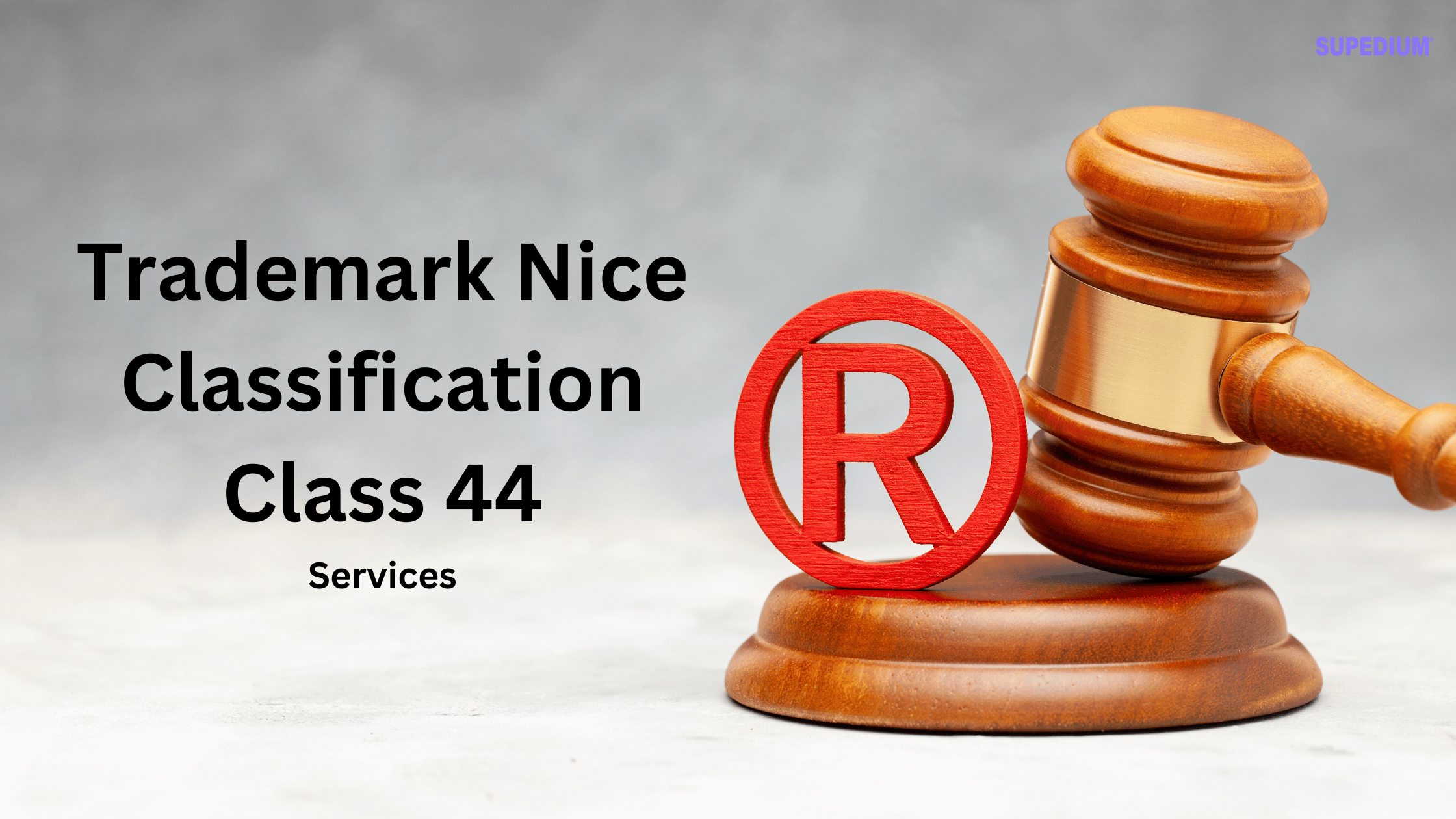Table of Contents
![]()
In the digital age, ensuring robust cyber security is crucial for protecting sensitive information and maintaining trust. However, the landscape of cyber security is not just about technology; it also involves adhering to a complex array of legal and regulatory requirements. This article delves into the intricate world of legal and regulatory compliance in cyber security, highlighting the importance of these regulations, the challenges they present, and the strategies organizations can employ to meet them effectively.
I. Introduction
Definition of Cyber Security
Cyber security refers to the practice of protecting systems, networks, and data from digital attacks, unauthorized access, and damage. As cyber threats become increasingly sophisticated, safeguarding critical information has never been more vital. Effective cyber security measures help prevent data breaches, protect privacy, and ensure the integrity of digital assets.
Importance of Legal and Regulatory Compliance
Legal and regulatory compliance is essential in the realm of cyber security for several reasons. Firstly, adherence to laws and regulations helps organizations avoid legal penalties and sanctions. Secondly, compliance fosters trust among customers, partners, and stakeholders by demonstrating a commitment to data protection and privacy. Finally, navigating the regulatory landscape can mitigate risks associated with cyber threats and ensure a proactive approach to managing vulnerabilities.
II. Overview of Legal and Regulatory Framework
Global Perspective
- General Data Protection Regulation (GDPR) – EU
The GDPR, implemented in May 2018, is a comprehensive data protection regulation applicable to all organizations operating within the European Union (EU) or handling EU citizens’ data. Key provisions include the requirement for explicit consent before processing personal data, the right to access and delete data, and stringent data breach notification requirements. Non-compliance can result in substantial fines, reaching up to €20 million or 4% of annual global turnover, whichever is higher.
- California Consumer Privacy Act (CCPA) – USA
The CCPA, effective from January 2020, grants California residents enhanced rights over their personal data. These include the right to know what data is collected, the right to access and delete data, and the right to opt out of data sales. Organizations must implement mechanisms to facilitate these rights and face penalties for non-compliance, which can amount to up to $7,500 per violation.
- Other International Regulations
- Brazil’s LGPD (Lei Geral de Proteção de Dados): Modeled after the GDPR, LGPD establishes similar data protection principles and applies to organizations processing personal data in Brazil.
- Canada’s PIPEDA (Personal Information Protection and Electronic Documents Act): PIPEDA governs the collection, use, and disclosure of personal information in the course of commercial activities, emphasizing transparency and consent.
National Frameworks
- United States
- Health Insurance Portability and Accountability Act (HIPAA): HIPAA sets standards for protecting sensitive patient information in the healthcare sector, requiring secure handling and transmission of health data.
- Federal Information Security Management Act (FISMA): FISMA mandates federal agencies to secure their information systems and ensure compliance with prescribed security standards.
- Sarbanes-Oxley Act (SOX): SOX imposes requirements on financial reporting and data integrity, necessitating robust internal controls to prevent fraud.
- Payment Card Industry Data Security Standard (PCI DSS): PCI DSS establishes security requirements for handling payment card information, including encryption and access controls.
- European Union
- NIS2 Directive (Network and Information Systems Directive): NIS2 updates the original NIS Directive, expanding its scope to include more sectors and emphasizing the need for cybersecurity risk management.
- ePrivacy Regulation: Currently under development, this regulation aims to complement the GDPR by addressing privacy issues related to electronic communications.
- Asia-Pacific
- China’s Cybersecurity Law: This law requires organizations to store data within China and adhere to strict data protection and security measures.
- Japan’s Act on the Protection of Personal Information (APPI): APPI mandates the protection of personal data and includes provisions for data breach notifications and cross-border data transfers.
III. Key Areas of Legal and Regulatory Compliance
Data Protection and Privacy
- Data Collection and Consent
Organizations must obtain explicit consent from individuals before collecting their personal data. This involves informing individuals about the purpose of data collection and ensuring that consent is freely given, specific, informed, and unambiguous.
- Data Breach Notification
In the event of a data breach, organizations are required to notify affected individuals and relevant authorities within specified timeframes. For instance, GDPR mandates notification within 72 hours of becoming aware of a breach.
- Data Subject Rights
Individuals have rights concerning their personal data, including the right to access, correct, and delete their information. Data portability allows individuals to transfer their data between different service providers.
Cyber Security Standards
- ISO/IEC 27001
ISO/IEC 27001 is an international standard for information security management systems (ISMS). It provides a framework for managing and protecting sensitive information through a risk-based approach. Organizations seeking certification must implement controls and undergo regular audits.
- NIST Cybersecurity Framework
The NIST Cybersecurity Framework provides a structured approach to managing cybersecurity risks. It consists of five core functions: Identify, Protect, Detect, Respond, and Recover. This framework is designed to be flexible and applicable across various sectors.
Compliance and Enforcement
- Role of Regulatory Bodies
Regulatory bodies are responsible for enforcing compliance with data protection laws. For example, Data Protection Authorities (DPAs) in the EU oversee GDPR compliance and can impose fines for violations.
- Penalties and Fines
Penalties for non-compliance can be severe, ranging from monetary fines to operational restrictions. For instance, GDPR violations can result in significant financial penalties, while PCI DSS non-compliance may lead to fines and loss of payment processing capabilities.
IV. Challenges in Achieving Compliance
Complexity of Regulations
Organizations face the challenge of navigating diverse and evolving regulatory requirements across different jurisdictions. Keeping abreast of changes and understanding the implications for global operations can be daunting.
Resource Constraints
Compliance often requires substantial financial and human resources. Smaller organizations, in particular, may struggle to allocate the necessary resources to meet regulatory demands without compromising other operational areas.
Integration with Existing Systems
Updating or replacing legacy systems to comply with new regulations can be complex and costly. Ensuring that new compliance measures integrate seamlessly with existing IT infrastructure is crucial for maintaining operational efficiency.
V. Strategies for Ensuring Compliance
Developing a Compliance Program
- Policy and Procedure Development
Organizations should develop comprehensive policies and procedures to address regulatory requirements. This includes drafting data protection policies, incident response plans, and compliance checklists. Regular reviews and updates are essential to stay aligned with changing regulations.
- Training and Awareness
Educating employees about compliance requirements and best practices is critical. Training programs should cover data protection principles, security protocols, and the handling of sensitive information. Regular refresher courses can help maintain a high level of awareness.
- Monitoring and Auditing
Implementing monitoring systems to track compliance and conducting regular internal and external audits can help identify and address potential issues. Regular audits provide an opportunity to evaluate the effectiveness of compliance measures and make necessary adjustments.
Engaging with Legal Experts
- Consulting Legal Counsel
Organizations should seek advice from legal experts to navigate the complexities of regulatory requirements. Legal counsel can provide guidance on compliance strategies, risk management, and handling regulatory inquiries.
- Legal Risk Management
Identifying and mitigating legal risks is crucial for maintaining compliance. This involves assessing potential legal exposures, implementing risk management frameworks, and staying informed about regulatory changes.
VI. Future Trends and Considerations
Emerging Regulations
The regulatory landscape is continuously evolving. Organizations must stay informed about emerging regulations and anticipate how they might impact their operations. This includes monitoring global trends and preparing for new data protection laws.
Increased Focus on Cybersecurity
As cyber threats become more sophisticated, there is a growing emphasis on cyber risk management. Regulatory bodies are likely to introduce more stringent requirements and enforcement measures to address emerging threats.
Global Harmonization Efforts
Efforts towards global regulatory harmonization aim to simplify compliance for international organizations. While a unified approach could reduce complexity, it also presents challenges in balancing diverse regional requirements.
VII. Conclusion
Legal and regulatory compliance in cyber security is a multifaceted and dynamic field. Organizations must navigate a complex array of regulations, address various compliance challenges, and implement effective strategies to safeguard sensitive information. By staying informed, engaging with legal experts, and adopting robust compliance practices, organizations can mitigate risks, avoid penalties, and build trust with stakeholders. As the regulatory landscape continues to evolve, a proactive and informed approach will be essential for achieving and maintaining cyber security compliance.






Be the first to comment